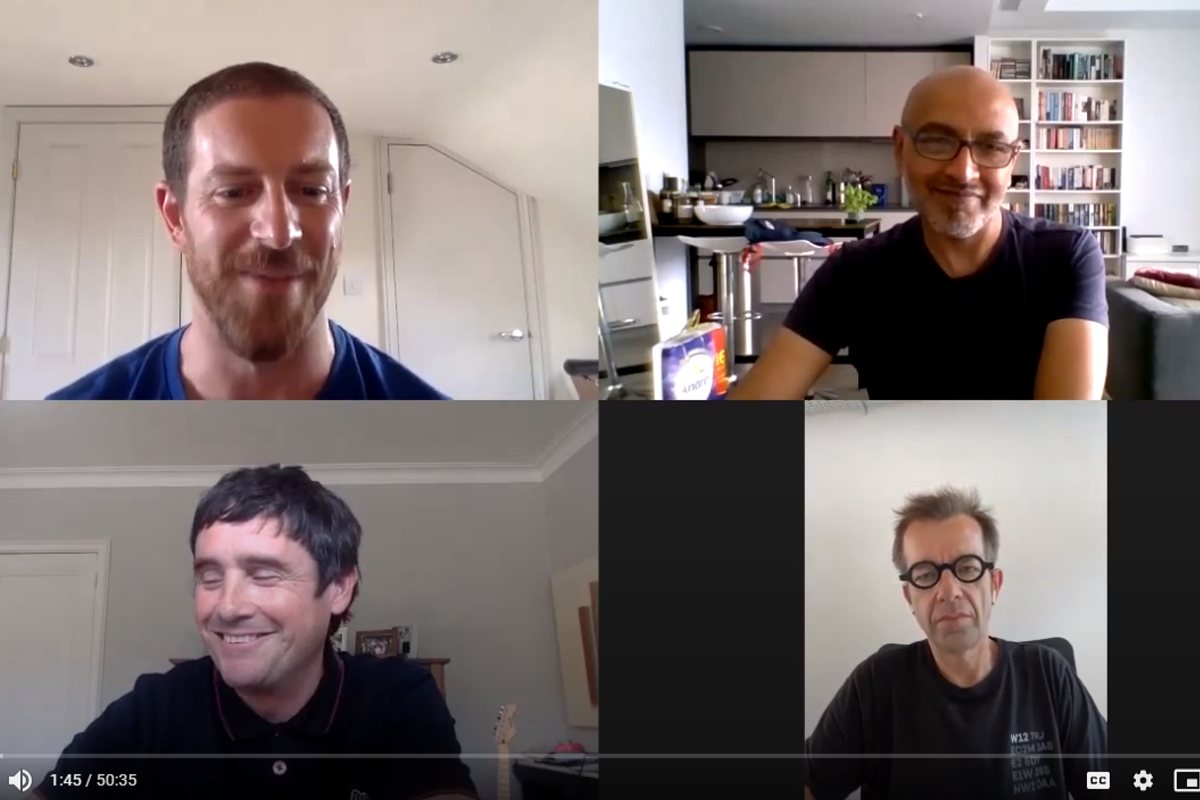
VOD services all over the world are usually built using a toolkit of common features including content discovery and recommendation, personalisation tools (like recently watched, single sign-on and device synchronisation) and player controls (like live restart, forward ten seconds and subtitling / closed captions). In this episode of OTT Question Time we asked whether, with ubiquitous grid layouts and lots of familiar functionality across OTT products, the evolution of these user interfaces is now effectively complete.
Together with Steve Forde, Director of Digital Products at ITV, Tom Williams, co-founder and CEO at Ostmodern and Fabian Birgfeld, Managing Director at W12 Studios, we discussed:
- The history and development of OTT user interfaces including YouTube, BBC iPlayer and Netflix
- Addressing the principal objectives of users (like finding content) and how related functionality can be improved
- The role of testing and personalisation in creating better interfaces and user experiences
- Input controls – touch, type, talk
- Whether the era of OTT UI experimentation is now truly over or will it make a return as new devices (like virtual reality, perhaps) come to market?
- And what, if any, new UI features users can expect to see over the coming months and years
**
ABOUT KAUSER KANJI
Kauser Kanji has been working in online video for 19 years, formerly at Virgin Media, ITN and NBC Universal, and founded VOD Professional in 2011. He has since completed major OTT projects for, amongst others, A+E Networks, the BBC, BBC Studios, Channel 4, DR (Denmark), Liberty Global, Netflix, Sony Pictures, the Swiss Broadcasting Corporation and UKTV. He now writes industry analyses, hosts an online debate show, OTT Question Time, as well as its in-person sister event, OTT Question Time Live.

